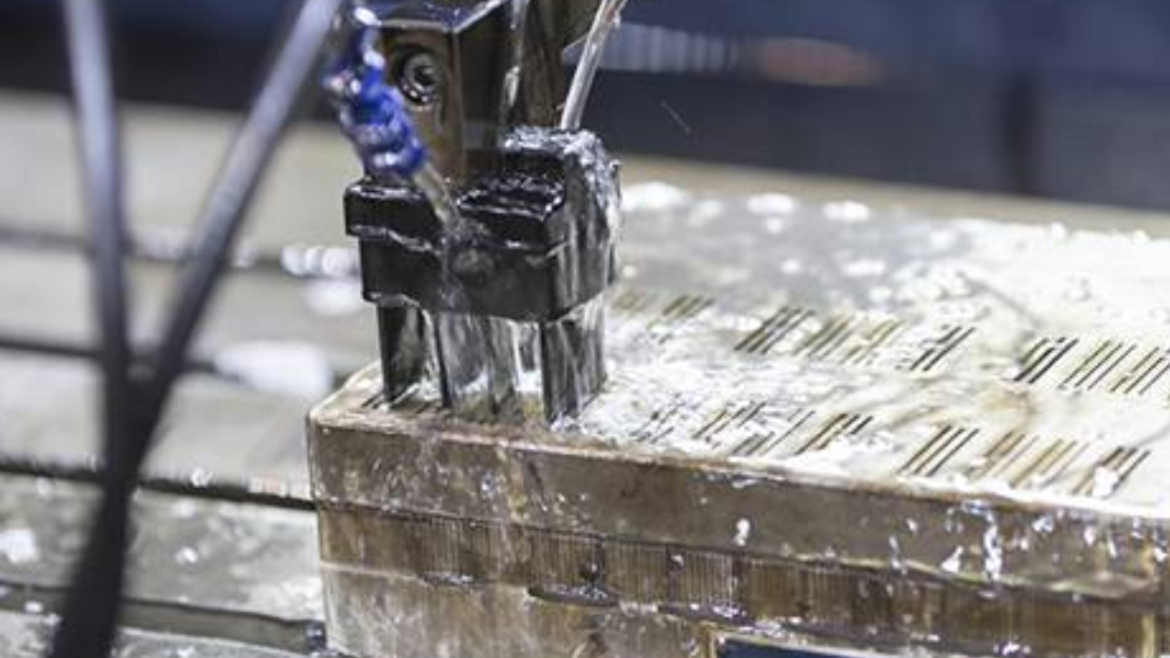Electrical Discharge Machining (EDM) represents a groundbreaking non-conventional subtractive manufacturing process, specializing in the precision cutting of exceptionally hard materials. Unlike traditional methods, EDM accomplishes this without physical contact, relying solely on electrical sparks.
In the domain of EDM, two primary variants are prominent: Sinker EDM vs wire EDM. Sinker EDM uses a shaped tool descending into the workpiece, ideal for intricate cavities, while Wire EDM employs a thin wire to cut through thick hard metal plates with precision. These EDM variants highlight the adaptability and precision achievable in modern machining, catering to diverse needs in manufacturing exceptionally intricate components.
What is Electrical Discharge Machining?
Electrical discharge machining sets itself apart by utilizing electric sparks to erode the workpiece, making it ideal for electrically conductive metals, including hardened steel, tungsten, and titanium. This method ensures precise cuts without inducing damaging vibrations or chatter. The EDM process involves an electrical discharge machine, a dielectric liquid, a tool, and a workpiece. The dielectric liquid, typically hydrocarbon oil or deionized water, separates the tool and workpiece, creating a spark gap.
Sinker EDM Explained
Sinker Electrical Discharge Machining (EDM), also known as ram EDM or volume EDM, sets itself apart from conventional machining methods. It employs a shaped tool or die to intricately carve out complex cavities within a workpiece.
Sinker EDM excels in manufacturing molds, dies, and intricate tooling, showcasing unparalleled proficiency in creating sharp corners, deep ribs, and detailed features. Its applications are diverse, spanning various industries and requirements, including rapid tooling, mold making, injection molding molds, dies, fine details, sharp inside corners, deep and thin ribs, blind cavities, blind keyways, internal splines, and threads.
The versatility of sinker EDM positions it as an indispensable tool in the arsenal of modern manufacturing, where precision and intricacy are paramount. Its ability to handle a wide range of applications makes it a go-to choice for industries that demand the utmost precision and complexity in their machined components.
Wire EDM Explored
Wire Electrical Discharge Machining (EDM), akin to the precision of cutting cheese with a wire, employs a thin strand of wire as its cutting tool. Crafted primarily from brass, this wire undergoes constant movement along the X and Y axes, meticulously following CNC instructions.
The applications of Wire EDM are both diverse and essential across various industrial domains. It proves particularly adept at cutting thick plates, crafting extrusion dies, forming blanking punches, shaping automotive and aerospace components, producing tight-tolerance parts, fashioning medical and dental devices, and creating parts where the presence of burrs is unacceptable.
Wire EDM emerges as a versatile and indispensable machining technique, offering precision and flexibility in cutting a myriad of materials for applications that demand intricate designs and high-quality surface finishes.
Comparative Analysis of Sinker EDM and Wire EDM Processes
Sinker Electrical Discharge Machining (EDM) and Wire EDM are distinct processes with unique characteristics, each offering specific advantages in various machining applications. Sinker EDM involves a shaped tool that descends into the workpiece from above, shaping intricate cavities.
The movement in sinker EDM primarily occurs along the Z-axis, making it ideal for crafting tooling, molds, and dies. The tool in this process is typically crafted from graphite, and hydrocarbon oil serves as the common dielectric liquid.
In contrast, Wire EDM utilizes a thin wire cutting into the workpiece from the side, with movement principally along the X and Y axes. The wire, usually made of brass, makes Wire EDM suitable for crafting tooling, punches, and dies. Deionized water serves as the dielectric liquid in this process, ensuring precise and intricate cuts.
Conclusion
The dynamic duo of sinker EDM and wire EDM showcases the versatility and precision achievable through electrical discharge machining. While sinker EDM carves intricate cavities for tooling and molds, wire EDM shines in cutting through thick plates of hard metals with unmatched accuracy. These EDM processes, with their distinct applications, contribute significantly to the ever-evolving landscape of modern machining, where precision and efficiency are paramount.
